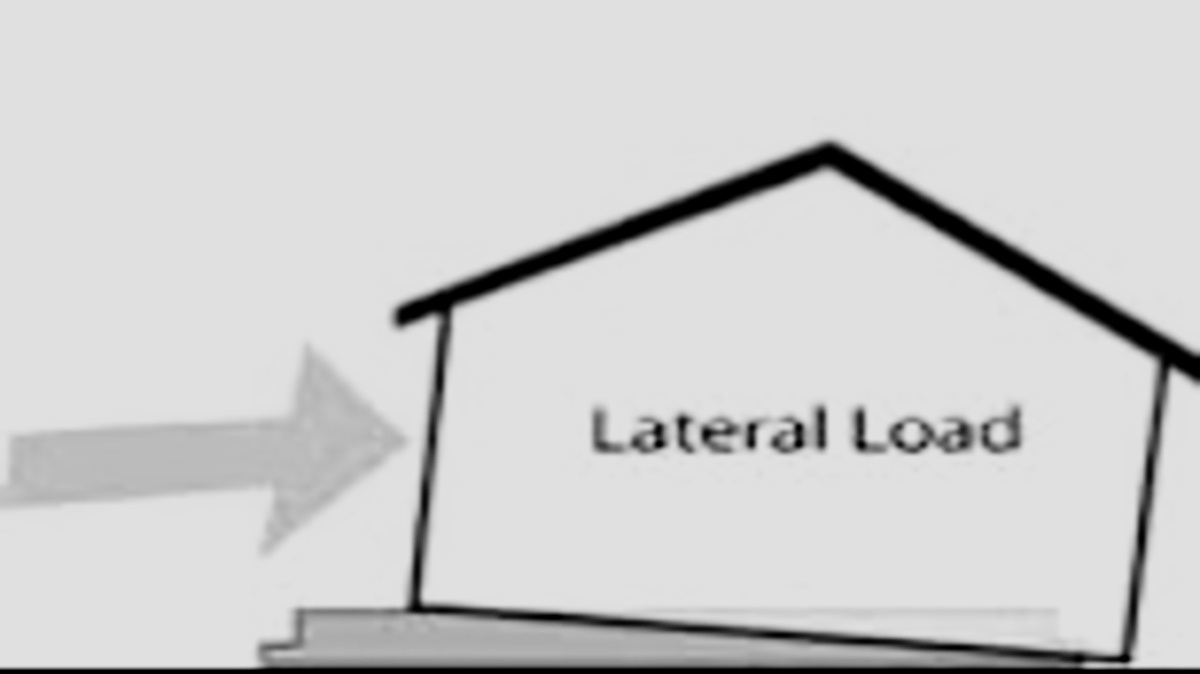Table of Contents
What Are Cyclone Resistant Buildings?
Cyclone resistant buildings are specifically designed to resist lateral wind forces which occurs due to cyclone.

A cyclone is a type of storm that is characterized by strong, whistling winds and heavy rainfall. Cyclones typically form over tropical oceans and can develop winds that blow at speeds as high as 200-240 km/hour. Lightning, thunder, and continuous downpours of rain often accompany these storms.
Cyclones can extend from 150 km to 1200 km in lateral directions, with winds that spiral around a central low-pressure area. The central region of low winds and pressure, known as the “eye” of the cyclone, has an average diameter of 20 to 30 km. Surrounding the eye is a ring of very strong winds that extend up to 40 to 50 km beyond the center, which is referred to as the “wall cloud.” This is where the strongest winds and heaviest rains occur.
As the winds spiral outwards from the wall cloud, they decrease in intensity, but can still cause significant damage to structures and infrastructure. Cyclone-resistant buildings are designed to withstand the destructive forces of these storms, with reinforced materials and specific design features that can help protect against strong winds, heavy rain, and other hazards.
Design Considerations
The following care should be taken in designing buildings in cyclone prone areas:
- Foundations should be deeper
- R.C.C. framed structures are to be preferred over load bearing structures
- Sloping roofs should be avoided.
- Cantilever projections should be avoided.
- Roof and parapet wall should be properly anchored to the columns and walls.
- Height of the buildings should be restricted.
- Suitable wind load should be considered in the building design.
- Openings in the wall should be less.
- Structure should not rest on loose soil.
Cyclone Resistant Building Materials
When it comes to constructing cyclone-resistant buildings, it is important to consider the type of roofing and framing systems used. One common recommendation is to use Reinforced Concrete (RCC) roofing as it provides stability and can withstand high wind forces. Lightweight or flat roofs may easily blow away during a cyclone, making RCC roofing a preferable option.
Another popular option is using frame systems in roof construction, particularly in houses. Hip roofs are generally considered better in terms of cyclone resistance compared to high-gable or flat roofs. These roof types provide better resistance to wind uplift forces and are less likely to be damaged or blown away during a cyclone.
It is important to keep in mind that using cyclone-resistant building materials and roofing systems is just one aspect of building a cyclone-resistant structure. Proper design, construction techniques, and maintenance are also critical factors in creating a safe and durable building in cyclone-prone areas.
Faqs
Poor construction and location in low-lying areas.
Measuring cyclone intensity based on sustained wind speed.
No, they can vary in size and intensity.
Unknown, as it depends on the rating system used in the region.
